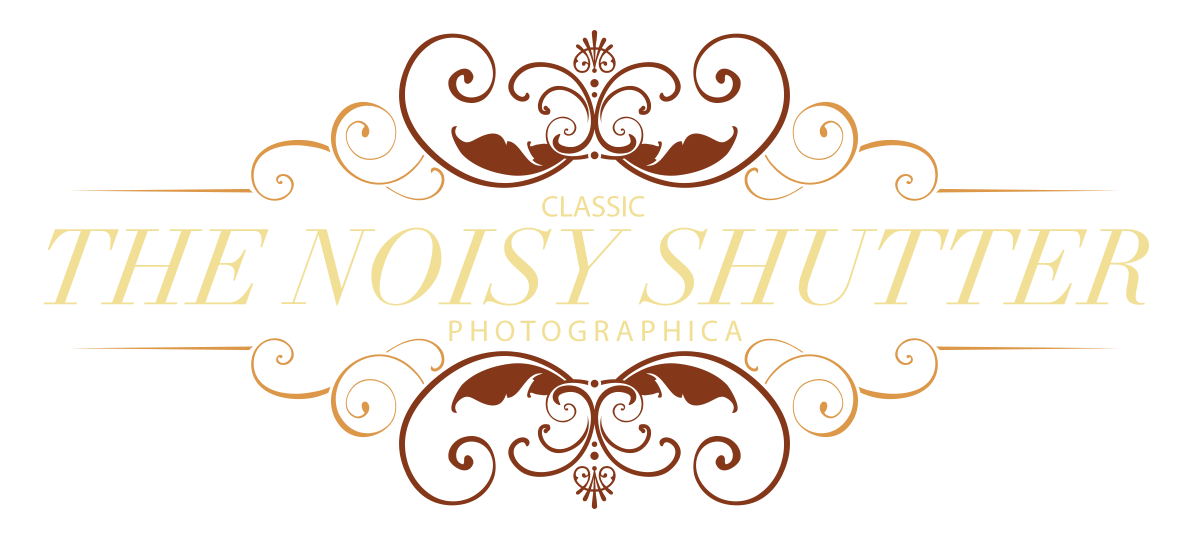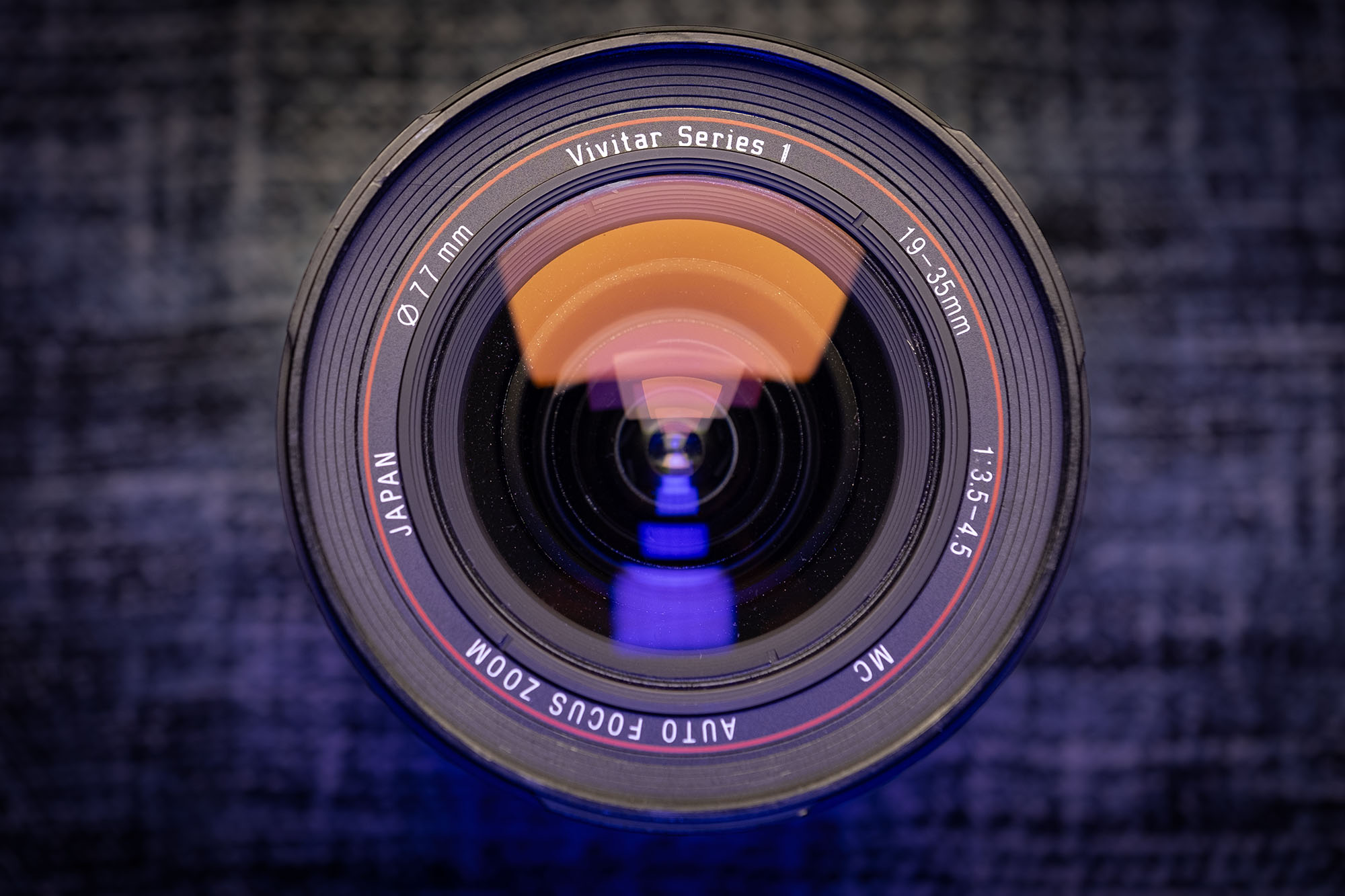I specialize in impulsive and illogical purchases, and the acquisition of this lens was exactly that. I recently wrote about a nice Canon EOS Elan 7E, which has been sitting around my office with a couple of zoom lenses for some time. While I was not searching for more, I am a sucker for wide angle lenses. I fought with myself over the thought of buying it, as I don’t have a digital Canon on which to test it. Nor do I have a Canon EF adapter for my Sony or Fujifilm mirrorless cameras. The only body on which I can currently use it is the EOS film body, so here we are.
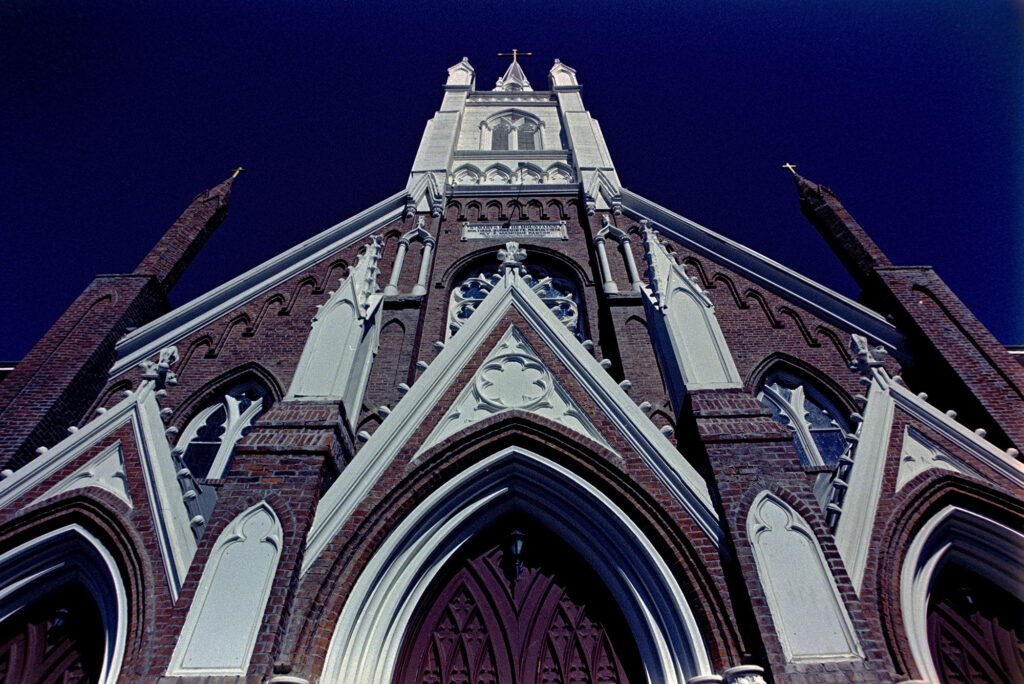
This lens doesn’t fall into the category of optics that usually excites me, other than being very wide. Plastic, electronic, aftermarket, autofocus lenses just don’t scream my name, but that’s what it is. It may be technically a bit inferior to other wide zoom lenses, and it may have a little chromatic aberration and vignetting. It’s largely plastic and feels a bit loose in spots, much like the other lenses I have for this system. It does not have the smooth focus or the perfect clicking aperture ring of a Nikkor.
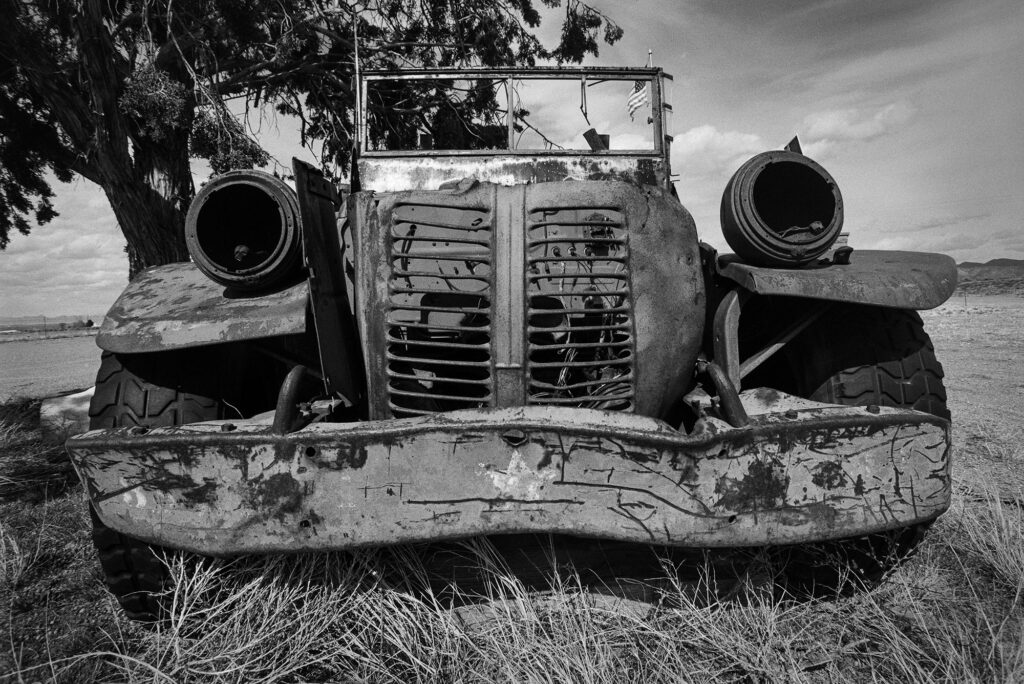
The satisfaction I derive from this lens does not come from its construction. I enjoy it solely for the images it can create. For less than the cost of a Summicron lens cap, I brought home a lens that is perfectly adequate for film photography and frankly a lot of fun. I have compared using an ultra wide lens to looking through a tiny window into a large room full of wonderful things.
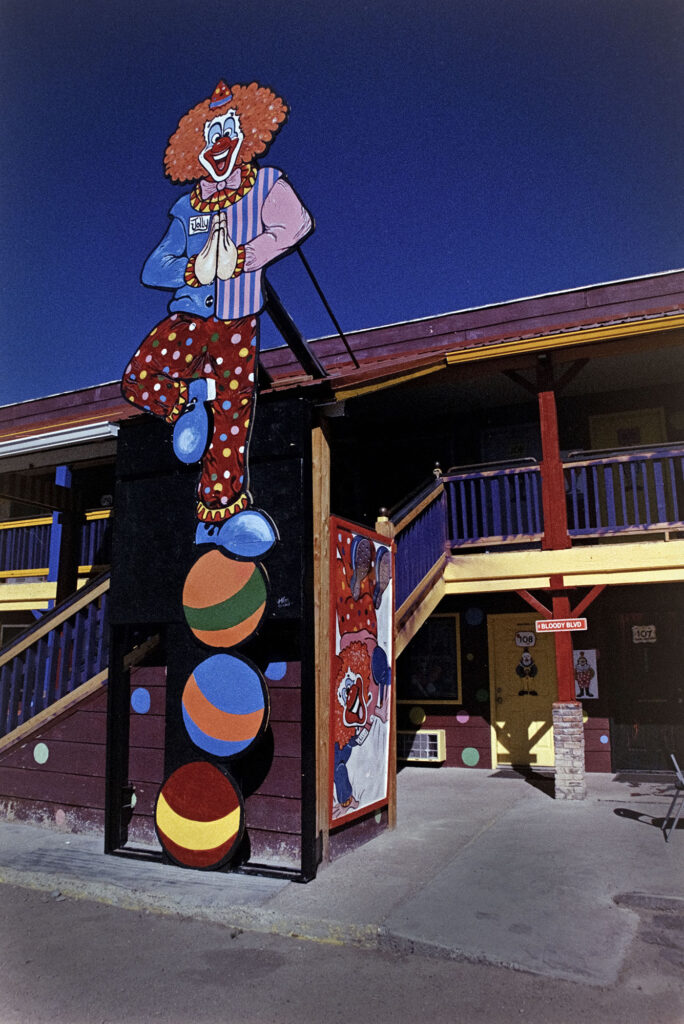
Wide-angle lenses challenge me to see differently. They challenge my ability to incorporate visual elements in telling a story or invoking emotion. With an ultra-wide lens, perspective is warped and stretched and the results can be magical or catastrophic. Learning to master one can be a life-long journey.
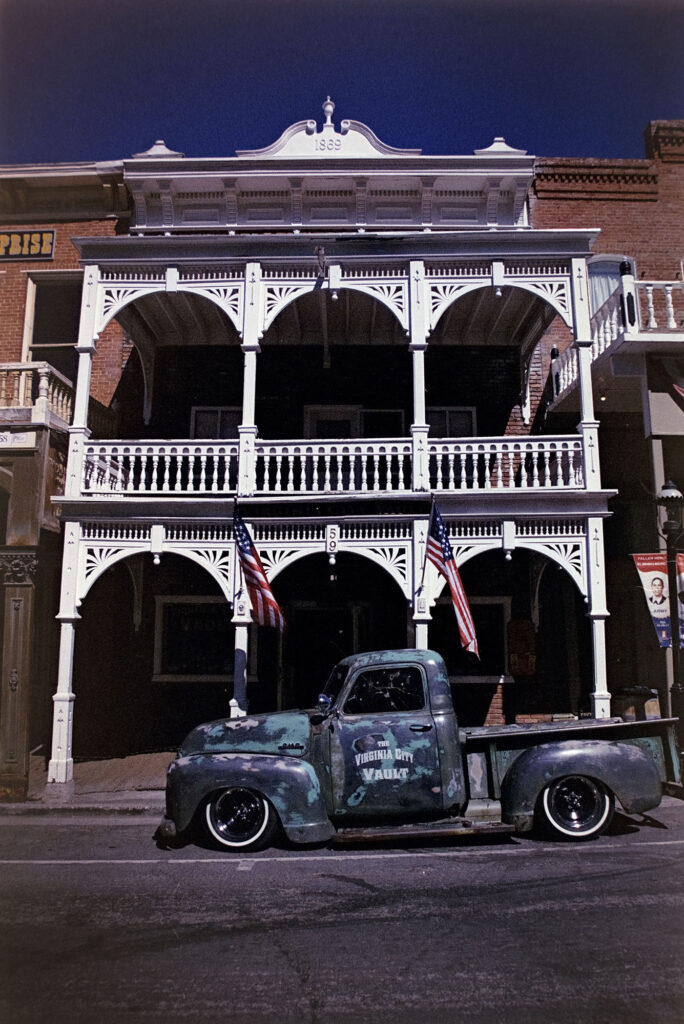
Back to the lens… I am running it on the Elan 7E with eye control focus. I’ve had fun using this feature with longer focal length lenses, as there is usually a specific subject on which to focus. For outdoor scenes with very wide angle lenses, I turn it off. I try to incorporate foreground elements in the image to add interest and depth. This is generally easy to do by stopping down and letting the aperture do what the aperture does best, as this lens gives a generous focal field at smaller apertures.
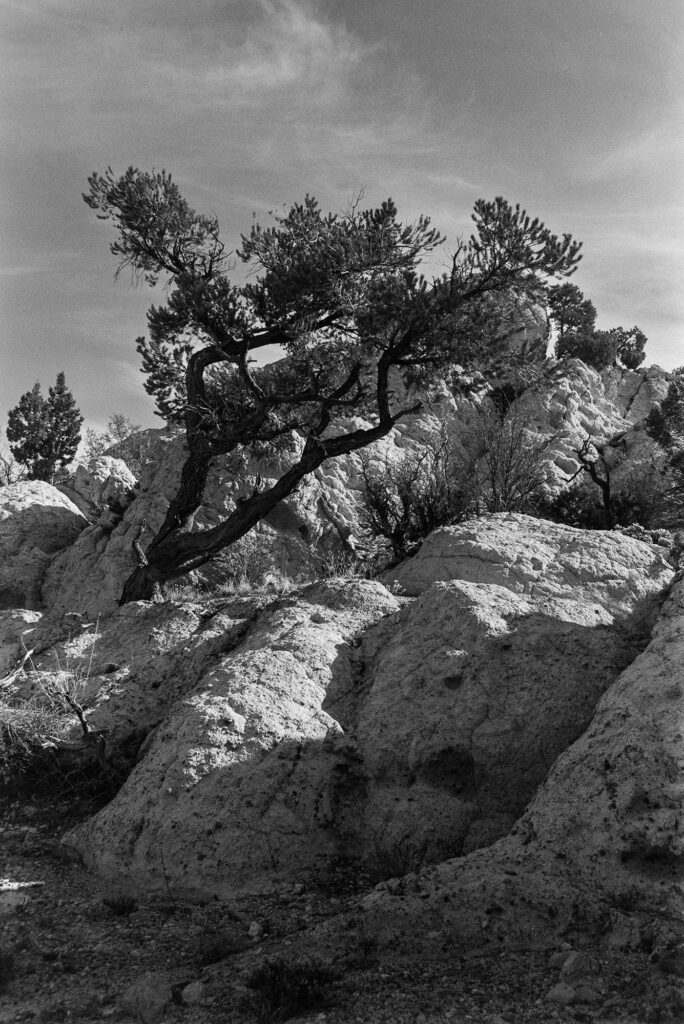
While a 28mm or 35mm lens can take in a landscape view much like we see it, a 19mm lens will make the horizon appear more even distant. This becomes magical when the intent is to accentuate or even exaggerate elements in the foreground. This becomes a problem if there is a primary subject that is more distant, like a mountain range on the horizon. Foreground elements will likely overpower the subject in this case.
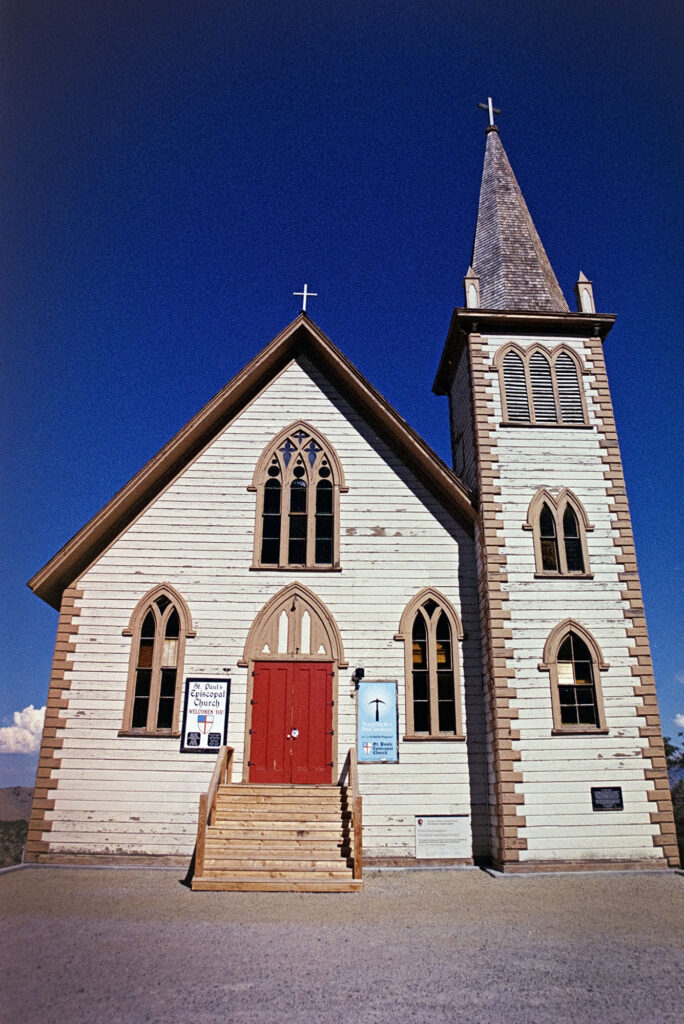
In shooting portraits, one needs to be deliberate and careful in its use, as it can create some unflattering anatomical distortion. In fact, any time there are people in the image, it’s best to keep them away from the edges and far enough away to avoid distorted and angry subjects. Portraits shot close up will be comical at best. Whatever is closest to the lens will be accentuated and exaggerated.
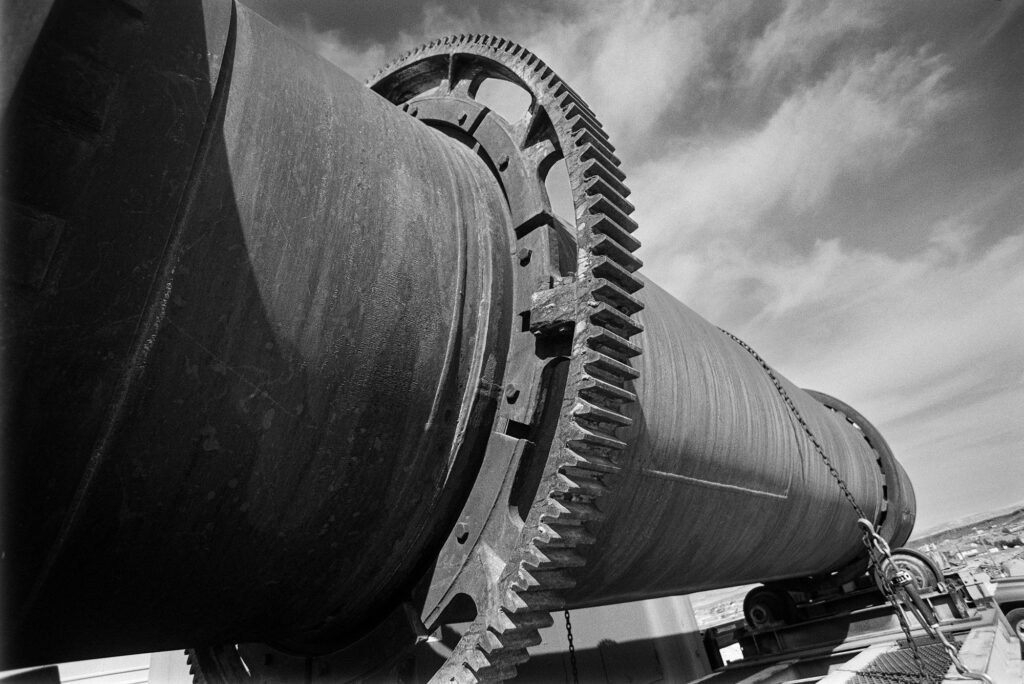
This can be used to good effect, as long as realism of scale is unimportant. Calling attention to a particular detail of clothing in a fashion shoot could be an effective use of this type of lens. By placing that detail closest to the lens and being careful in the placement of other elements, one could use that distortion to draw the eye to that detail.
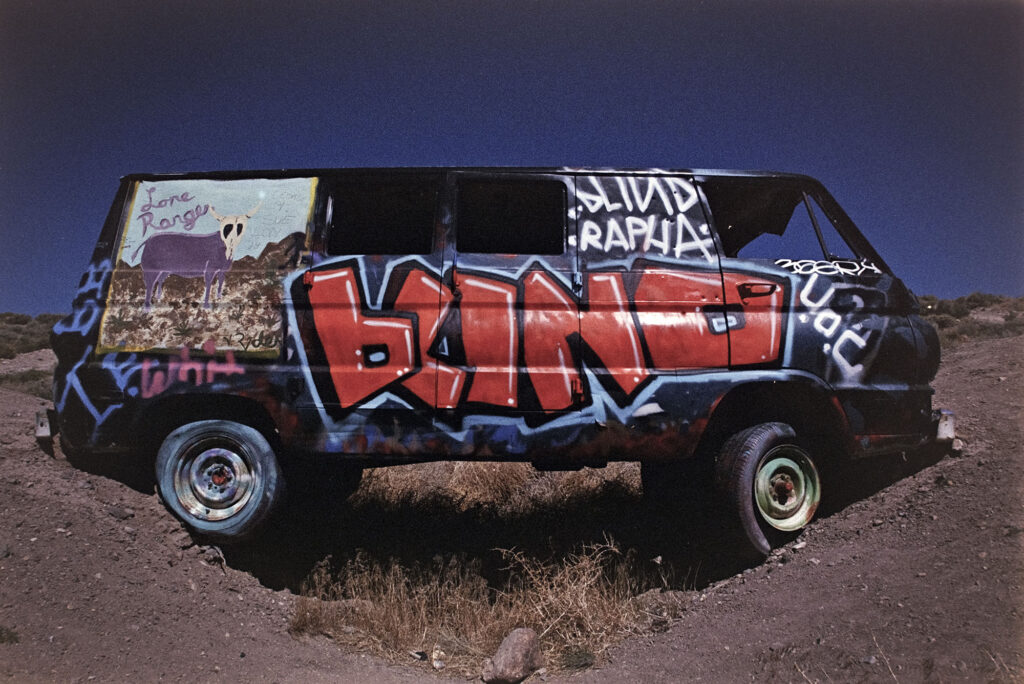
Ultra-wide lenses, zoom or prime, have certain benefits. Generally they are capable of great depth of field. In today’s bokeh-obsessed world that may not seem like a benefit, but I contend that it is. Landscape photos generally benefit from great depth of field. Situations with unpredictable action are another. Many times with my own children I have used a wide angle lens at f11 at arm’s length, relying on luck and depth of field to capture something worthwhile.
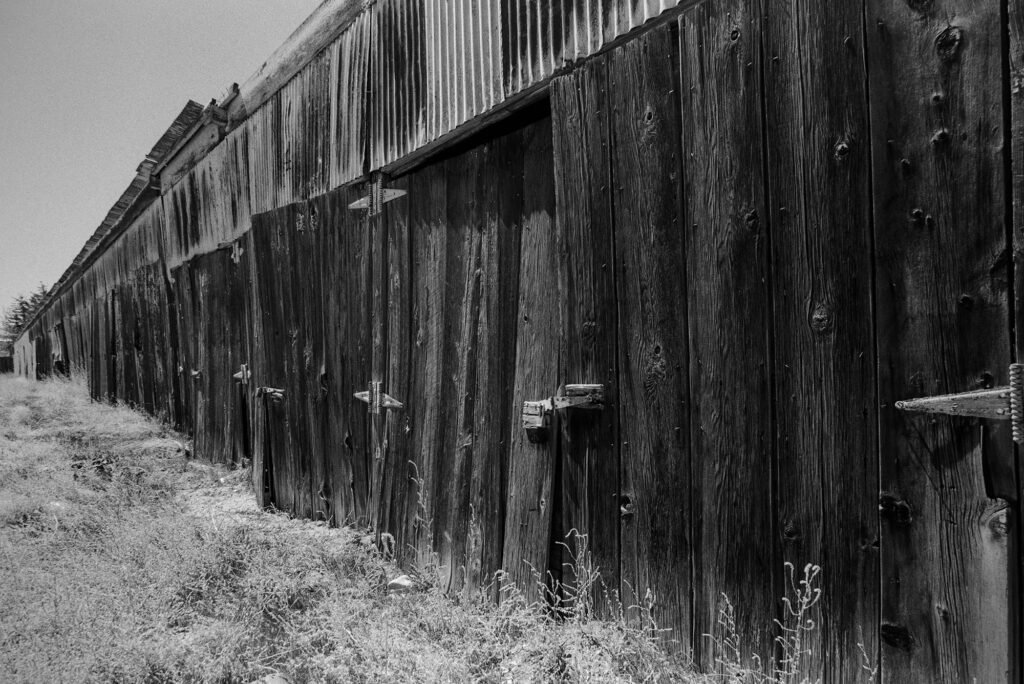
Sometimes we cannot get far enough away from a subject to get it all into the frame with a “normal” lens. This could be a city scene on a narrow street or a carnival ride in a crowd. Such a case occurred years ago when I was shooting promotional material for a helicopter company.
The subject was a BK-117 medical helicopter, and I needed to showcase the internal configuration of the medical equipment. This was only possible by shooting through the open rear double doors. I had a 28mm lens but it was not wide enough to do the job. On a whim I had brought a 180-degree circular fisheye lens. I stood right at the doors, and shot a couple of frames, and despite the extreme distortion, one of those frames was used for the cover of their publication.
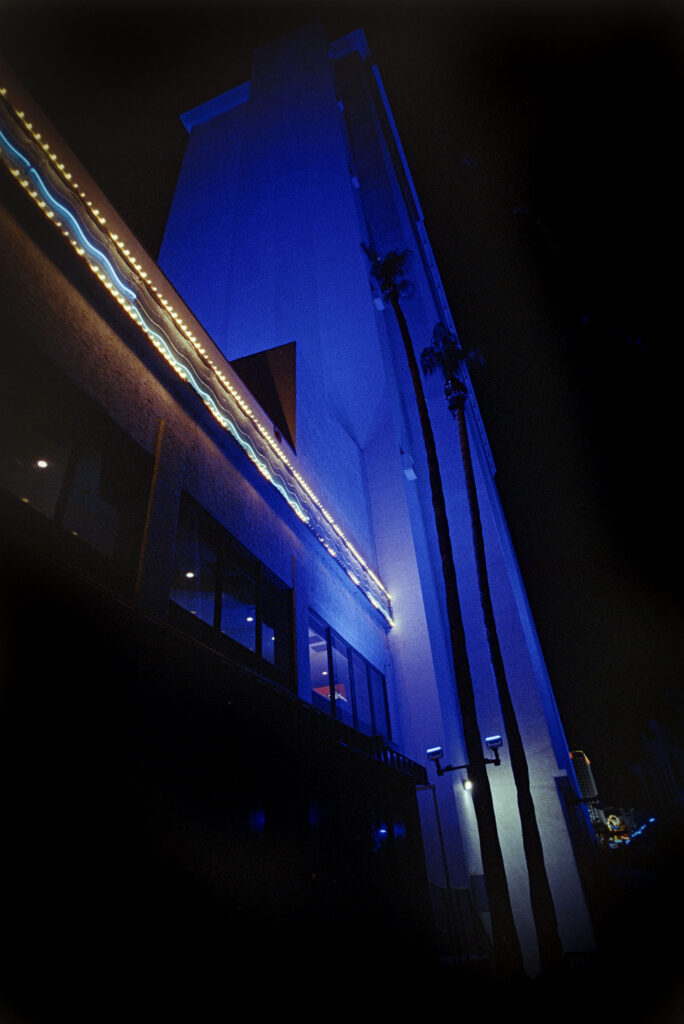
Ultrawides, particularly well-corrected rectilinear lenses, are enjoying a surge in popularity due to what they can do. There is no pretending that this Vivitar can compete with the latest offerings from the optical giants, but it certainly performs better than its price would suggest. It is easy to use and sharp enough for film. I haven’t pixel-peeped any digital images made with this lens yet, but I see no apparent problems on film.
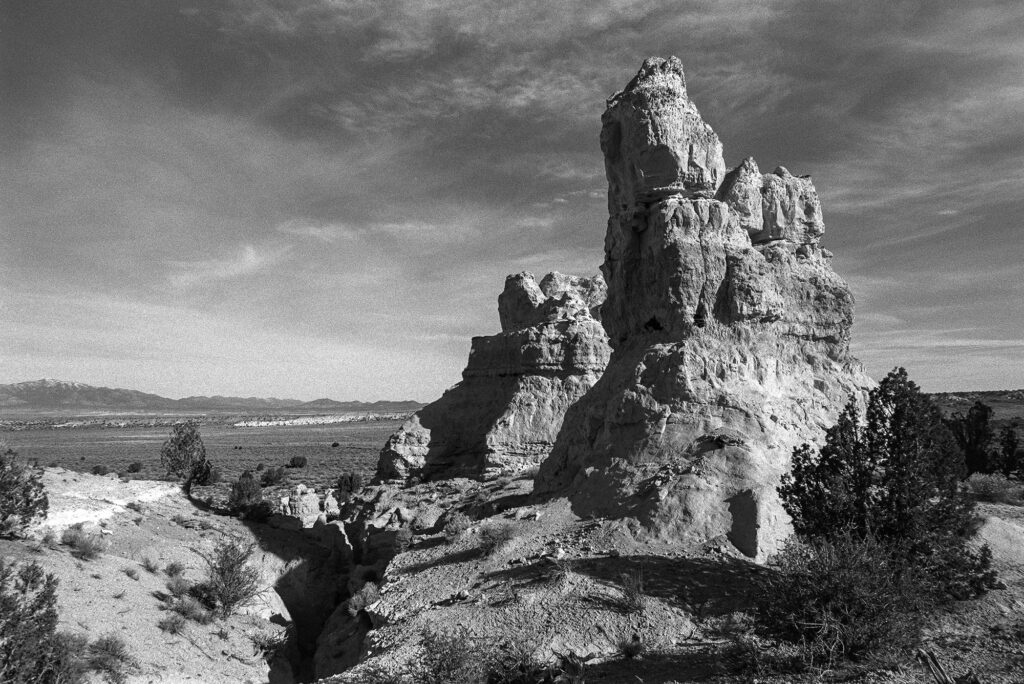
Always interested in others’ experiences, I searched for feedback on this lens. Reviews found elsewhere online seem to share my observations. Negative aspects include the plastic, rattly feel and an occasional mechanical fault. Some smearing in the corners was noted, as well as mild field curvature (I have seen this as well). Reports regarding color and contrast seem to vary wildly. I am quite pleased with my results.
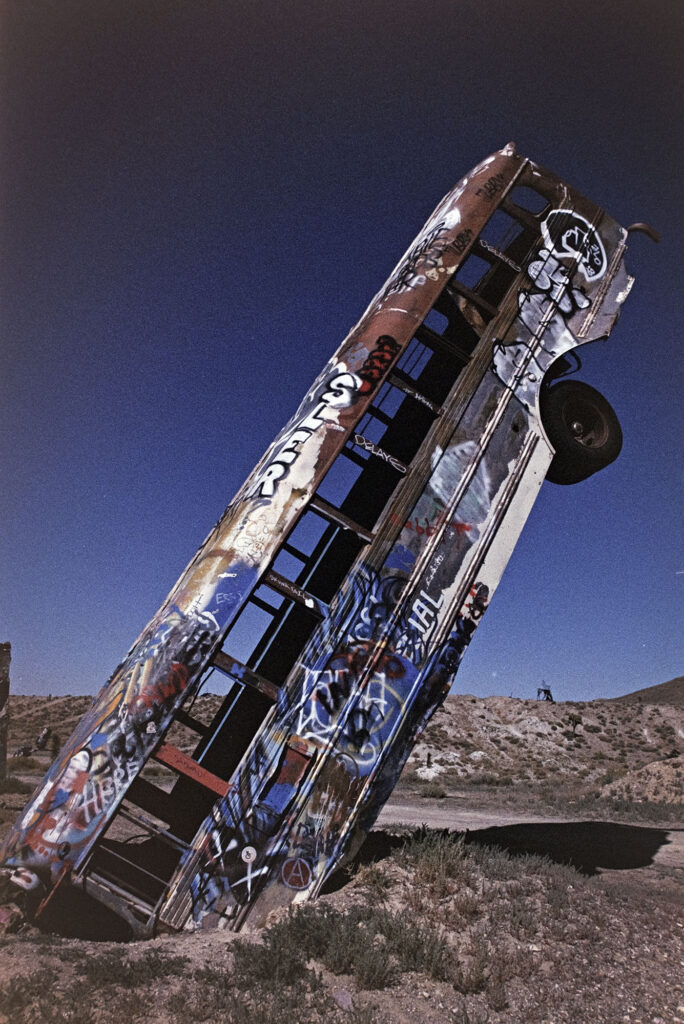
Positive comments tend to support my opinion that this is a remarkably good lens for those who want a taste of ultra-wide on a budget. This is a lens that wants to be stopped down and used for wide open vistas or dramatic cityscapes. It wants to stretch and distort reality for the sake of artistic expression. It loves converging architecture and the illusion of great height and distance.
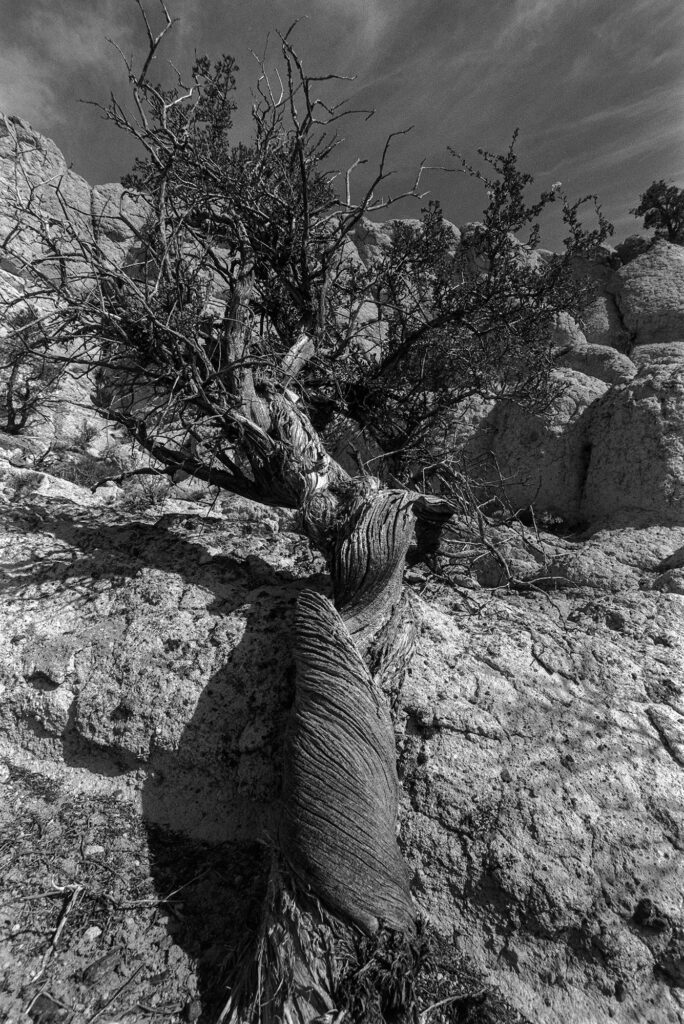
Considering the current price, I can forgive its imperfections. It would be silly to demand optical supremacy from this lens. For the cost of a decent dinner for two, I picked up an ultra wide zoom lens with aspherical elements that exceeded my expectations.
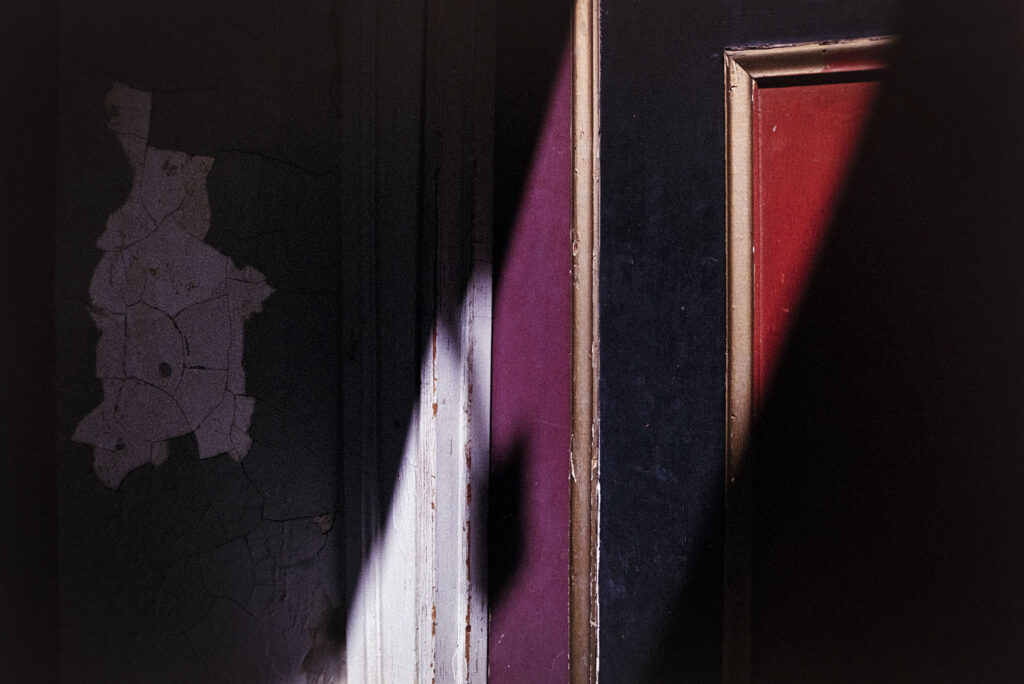
If you have managed to get this far, here are the specs:
Designation: Vivitar 19-35mm f/3.5-4.5 Series 1 AF
Focal Length: 19-35mm
Maximum Aperture: f3.5 (at 19mm), 4.5 (at 35mm)
Aperture range: f3.5-22, controlled electronically
Aperture Construction: 8 blades, curved
Optical Construction: 13 elements in 11 groups
Minimum Focal Distance: 0.5m (1.6ft)
Filter diameter: 77mm
Weight: 304g (10.7oz) without filters or caps
